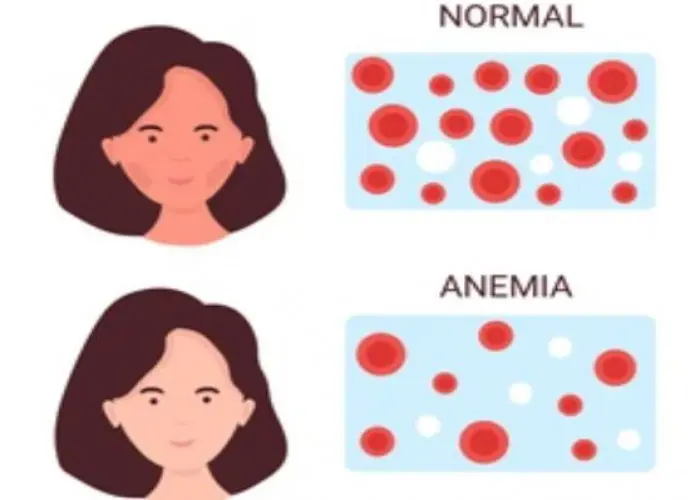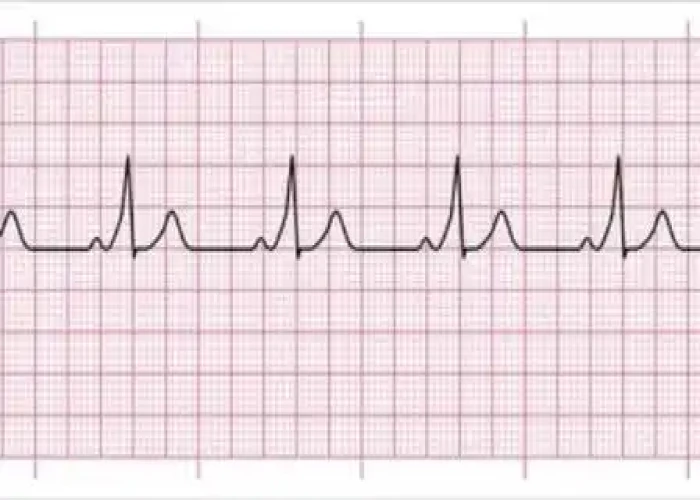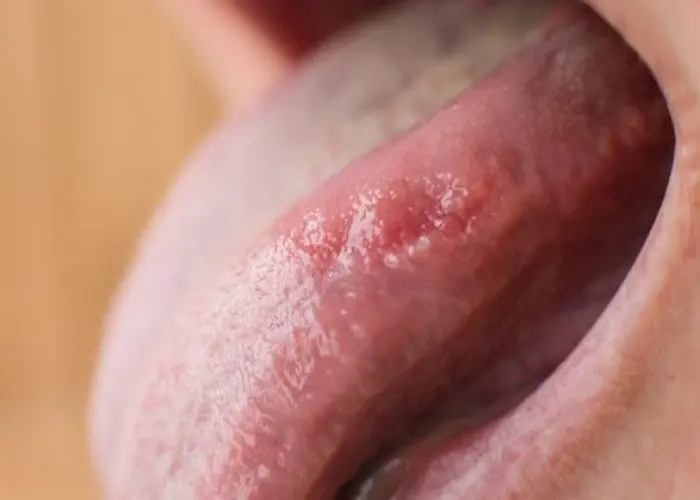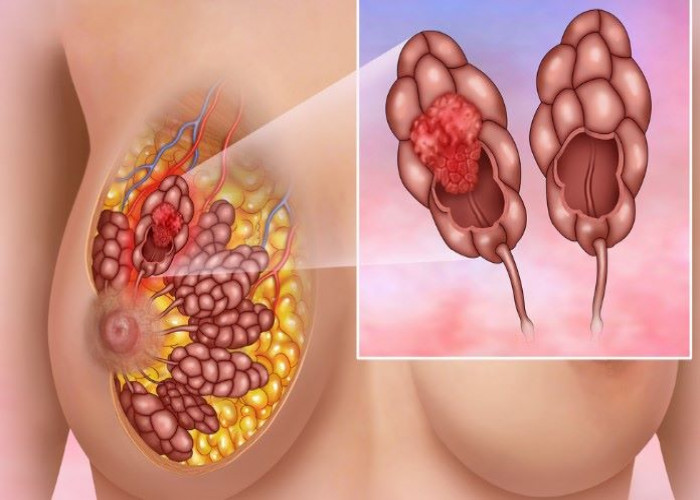 Welcome
Welcome
“May all be happy, may all be healed, may all be at peace and may no one ever suffer."
Invasive lobular carcinoma

Invasive lobular carcinoma (ILC) is a type of breast cancer that begins in the milk-producing glands (lobules) of the breast and can spread to nearby tissues and other parts of the body. It is the second most common type of invasive breast cancer after invasive ductal carcinoma.
ILC is characterized by abnormal cells that form in the lobules of the breast and can invade the surrounding tissue, including the ducts and fatty tissue. Unlike invasive ductal carcinoma, which forms a solid tumor, ILC often grows in a diffuse or scattered pattern, making it more difficult to detect on mammograms and physical exams.
The exact cause of ILC is not known, but it is believed to be associated with genetic mutations and hormonal factors, such as estrogen and progesterone. Some risk factors for ILC include age (it is more common in women over 50 years old), family history of breast cancer, personal history of breast cancer or benign breast conditions, and exposure to estrogen through hormone replacement therapy or early menstruation.
Symptoms of ILC may include a lump or thickening in the breast, changes in the size or shape of the breast, nipple discharge or inversion, and skin changes such as redness or dimpling. However, many women with ILC have no symptoms, which is why regular mammograms and breast exams are important for early detection.
Diagnosis of ILC may involve a combination of imaging tests such as mammography, ultrasound, or MRI, and a biopsy to examine the tissue for cancer cells. Treatment for ILC may depend on the size, location, and stage of the cancer, as well as the woman's age and overall health. Treatment options may include surgery to remove the tumor and nearby lymph nodes, radiation therapy, chemotherapy, hormone therapy, or a combination of these.
Prognosis for ILC can vary depending on several factors, but early detection and treatment can improve outcomes. Women with ILC should talk to their healthcare provider about their treatment options and follow-up care, which may include regular mammograms, physical exams, and other imaging tests to monitor for any recurrence of the cancer.
Research Papers
Disease Signs and Symptoms
- Swollen breast
- Breast tenderness
- Brown skin
- Inverted nipple
Disease Causes
Invasive lobular carcinoma
It's not clear what causes invasive lobular carcinoma.
Doctors know that invasive lobular carcinoma begins when cells in one or more milk-producing glands of the breast develop mutations in their DNA. The mutations lead to the inability to control cell growth, which results in the cells dividing and growing rapidly. Depending on the aggressiveness of the cancer type, the cancer cells can spread to other parts of the body.
Lobular carcinoma cells tend to invade breast tissue by spreading out in a distinct way rather than forming a firm nodule. The affected area may have a different feel from the surrounding breast tissue, more like a thickening and fullness, but it's unlikely to feel like a lump.
Disease Prevents
Invasive lobular carcinoma
To reduce your risk of breast cancer, consider trying to:
- Discuss the benefits and risks of menopausal hormone therapy with your doctor. Combination hormone therapy may increase the risk of breast cancer.
- Some women experience bothersome signs and symptoms during menopause and, for these women, the increased risk of breast cancer may be acceptable in order to relieve menopause signs and symptoms.
- To reduce the risk of breast cancer, use the lowest dose of hormone therapy possible for the shortest amount of time.
- Drink alcohol in moderation, if at all. If you choose to drink alcohol, do so in moderation. For healthy adults, that means up to one drink a day for women of all ages and men older than age 65, and up to two drinks a day for men age 65 and younger.
- Exercise most days of the week. Aim for at least 30 minutes of exercise on most days of the week. If you haven't been active lately, ask your doctor whether exercise is OK and then start slowly.
- Maintain a healthy weight. If your current weight is healthy, work to maintain that weight.
- If you need to lose weight, ask your doctor about healthy weight-loss strategies. Reduce the number of calories you eat each day and slowly increase the amount of exercise. Aim to lose weight slowly — about 1 or 2 pounds a week.
If you have a family history of breast cancer or feel you may have an increased risk of breast cancer, discuss it with your health care provider. Preventive medications, surgery and more-frequent screening may be options for women with a high risk of breast cancer.
Disease Treatments
Your treatment options for invasive lobular carcinoma depend on the aggressiveness of your cancer, its stage, your overall health and your preferences. Treatment often consists of surgery and additional (adjuvant) therapy, which may include chemotherapy, radiation and hormone therapy.
Surgery
Surgery for invasive lobular carcinoma may include:
- Removing the cancer and a small portion of healthy tissue. Called a lumpectomy (wide local excision), this procedure allows you to keep most of your breast tissue.
- The surgeon removes the tumor itself, as well as a margin of normal tissue surrounding the tumor to make sure all the cancer that can be removed is taken out.
- If the tissue around the tumor shows signs of cancer cells (positive margins), you may need additional surgery until negative margins are achieved. In some cases, this may mean removing all of the breast tissue.
- Removing all of the breast tissue. Mastectomy is an operation to remove all of your breast tissue. During a total (simple) mastectomy the surgeon removes all of the breast tissue — the lobules, ducts, fatty tissue and skin, including the nipple and areola. Some other types of mastectomy may leave the skin or the nipple in place and may be options based on your specific situation.
- Sentinel lymph node biopsy. To determine whether cancer has spread to the lymph nodes near your breast, your surgeon identifies the first few lymph nodes that receive the lymph drainage from your cancer. These lymph nodes are removed and tested for breast cancer cells (sentinel node biopsy).
- If no cancer is found, the chance of finding cancer in any of the remaining nodes is small and no other nodes need to be removed.
- Axillary lymph node dissection. If cancer is found in the sentinel node, then your surgeon may remove additional lymph nodes in your armpit (axillary lymph node dissection).
- Knowing if cancer has spread to the lymph nodes helps determine the best course of treatment, including whether you'll need chemotherapy or radiation therapy.
Hormone therapy
Hormone therapy — perhaps more properly termed hormone-blocking therapy — is often used to treat breast cancers that are sensitive to hormones. Most invasive lobular carcinomas are hormone receptor positive, meaning they use hormones to grow.
To decrease the chance of your cancer returning, hormone therapy can be used before or after surgery or other treatments. If the cancer has already spread, hormone therapy may shrink and control it.
Treatments that can be used in hormone therapy include:
- Medications that block hormones from attaching to cancer cells (selective estrogen receptor modulators)
- Medications that stop the body from making estrogen after menopause (aromatase inhibitors)
- Surgery or medications to stop hormone production in the ovaries
Radiation therapy
Radiation therapy uses high-powered energy, such as X-rays and protons, to kill cancer cells.
During radiation therapy, you lie on a table while a large machine moves around you, directing energy beams at precise points in your breast.
Radiation therapy may be recommended after a lumpectomy. It may also be recommended after a mastectomy if your cancer was large or involved the lymph nodes.
Chemotherapy
Chemotherapy uses drugs to kill cancer cells. Treatment often involves receiving two or more drugs in different combinations.
Chemotherapy can be given through a vein, in pill form or both ways.
Chemotherapy may be recommended after surgery to kill any cells that may remain.
Chemotherapy can also be used before surgery to shrink a tumor that is large. For women with larger tumors, chemotherapy before surgery may make it possible to choose lumpectomy over mastectomy.
Disease Diagnoses
Disease Allopathic Generics
Disease Ayurvedic Generics
Disease Homeopathic Generics
Disease yoga
Invasive lobular carcinoma and Learn More about Diseases

Aplastic anemia

Retractile testicle

Peanut allergy

Whooping cough

Cold sore

Wolff-Parkinson-White (WPW) syndrome

Glossitis (Inflammation of tongue)

Primary immunodeficiency
invasive lobular carcinoma, ilc, আক্রমণাত্মক লোবুলার কার্সিনোমা, আইএলসি
To be happy, beautiful, healthy, wealthy, hale and long-lived stay with DM3S.
